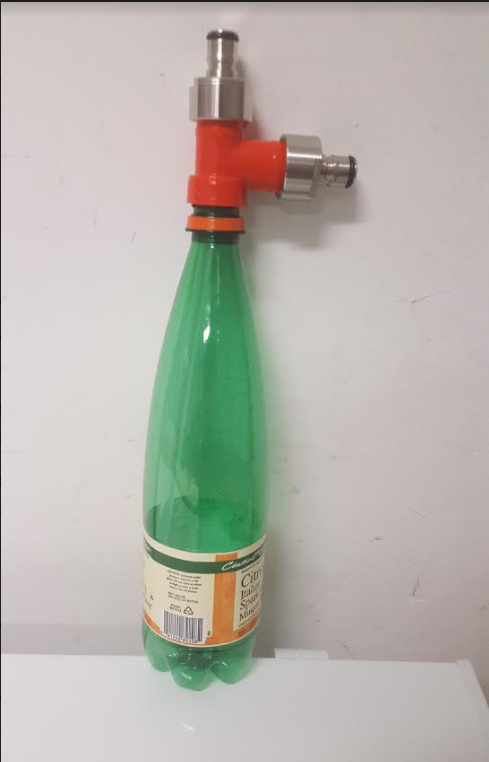Bayern1987
Well-Known Member
- Joined
- May 16, 2020
- Messages
- 79
- Reaction score
- 16
I am expecting to be put down on this before the idea has been taken off runway and I not a noob as much been brewing for over a year but....
My latest batch seems to suffering from oxidation... quite stale and not very pleasant on the nose as well as tasting quite bland and dry....
I am having issues transferring with the spigot... especially after adding gelatin... it seems as though the pressure of gratitude if not enough and the beer seems to want to tra else back up as much as down... any ideas regarding this? I may just get a 2m auto siphon and start transferring that way again.... as you can imagine a lot of splashing and messing about took place... anyway to the main point...
Would it do any good to add more sugar to the keg / fermenting beer in the aim that the yeast will chew up any oxygen there and / or also mask any reaction/ stale flavours of the beer? I am guessing that oxidation is a reaction in itself where the molecules have changed and this would provide no benefit? Just want to throw it out there! If it is game over for my beer... is there anything at all that can be done to save it? Thank you fellow brew troopers
My latest batch seems to suffering from oxidation... quite stale and not very pleasant on the nose as well as tasting quite bland and dry....
I am having issues transferring with the spigot... especially after adding gelatin... it seems as though the pressure of gratitude if not enough and the beer seems to want to tra else back up as much as down... any ideas regarding this? I may just get a 2m auto siphon and start transferring that way again.... as you can imagine a lot of splashing and messing about took place... anyway to the main point...
Would it do any good to add more sugar to the keg / fermenting beer in the aim that the yeast will chew up any oxygen there and / or also mask any reaction/ stale flavours of the beer? I am guessing that oxidation is a reaction in itself where the molecules have changed and this would provide no benefit? Just want to throw it out there! If it is game over for my beer... is there anything at all that can be done to save it? Thank you fellow brew troopers
























































![Craft A Brew - Safale BE-256 Yeast - Fermentis - Belgian Ale Dry Yeast - For Belgian & Strong Ales - Ingredients for Home Brewing - Beer Making Supplies - [3 Pack]](https://m.media-amazon.com/images/I/51bcKEwQmWL._SL500_.jpg)





